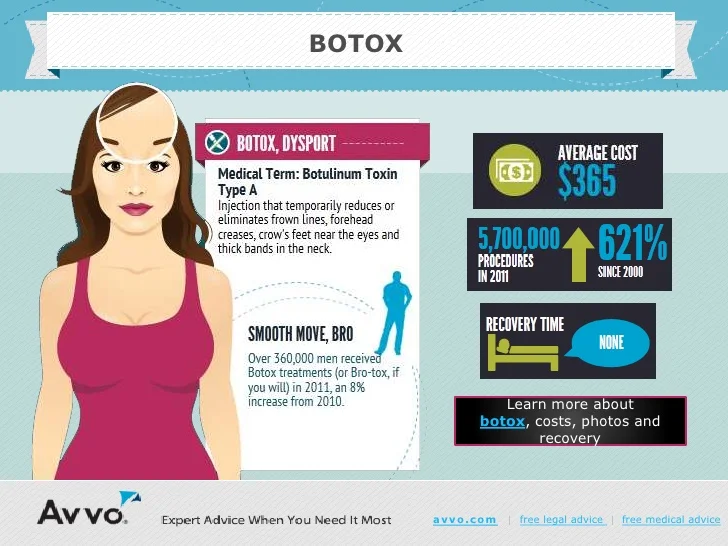Microbiome Skincare For Acne
Microbiome Skincare For Acne
Blog Article
Causes of Acne on Cheeks
Acne breakouts in the cheek area are caused by several things, from touching your face frequently to not transforming your pillowcase frequently sufficient. Picking at acnes increases your threat of infection and scarring, and specific medicines can aggravate dark spots (postinflammatory hyperpigmentation).
The good news is, there are several means to stop and deal with cheek acne. These consist of:
1. Hormone Adjustments
Acne is greatly brought on by hormonal agents, specifically those generated throughout the age of puberty and maternity. For some, a family history of acne might likewise contribute to their condition. Anything that blocks pores, such as oil-based skin care products or waxy hair items, can cause acne. Numerous topical therapies, like benzoyl peroxide and salicylic acid, can battle germs and unclog pores. Those with serious or chronic acne ought to seek treatment from their medical professional.
Stay clear of touching or pressing your acne, as this can press a few of the germs deeper into the skin, leading to an extra extreme outbreak. It is likewise essential to change pillowcases routinely and use tidy make-up brushes. You must likewise try to avoid toxic irritants such as rubbing from using a safety helmet or tight collar.
2. Diet
The oily, sweet foods that lots of people think trigger acne may in fact refrain so. As a matter of fact, research studies have revealed that consuming a diet plan rich in whole, nutrient-dense foods aids to avoid breakouts.
Foods high in the glycemic index (such as white bread, corn flakes, puffed rice and potatoes, doughnuts and various other breads) increase blood sugar degrees swiftly, and this can enhance hormones that boost oil manufacturing and cause acne.
Drinking cow's milk has additionally been linked to increased acne outbreaks. If you are a routine cow's milk drinker, you might wish to attempt changing to low-fat or nondairy options that are fortified with calcium. Additionally, drinking even more water can assist to decrease acne because it aids to keep the skin hydrated.
3. Excess Oil
While oil is important for healthy skin, it can come to be an issue when excessive sebum mixes with dead skin cells and blocks pores. This mix can produce blackheads, whiteheads and pimples. The obstructed pore wall surface can break down and spill bacteria, dead skin cells and sebum right into surrounding skin. This results in a red bump known as an acne. Often these red bumps have pus in the center mesotherapy from a microbial infection. Larger infected bumps that resemble acne are called cysts.
There are numerous points that can trigger excess sebum and clogged pores, consisting of hormone fluctuations, diet plan and everyday practices. Some examples include touching the face regularly, resting your hand on your cheek, making use of filthy makeup brushes and not transforming pillowcases regularly.
4. Stress and anxiety
If you're handling pain pimples or a variety of blackheads and whiteheads, it might be time to talk to a skin specialist. They can recommend an efficient treatment that fits your skin type. Exercising relaxation and stress-reduction methods also assists.
Acne can occur in the cheeks because of rubbing and pressure, such as when an individual touches their face often or puts on a hat or sports helmet that massages against the skin. It can likewise appear where oily cosmetics and lotions massage against the skin.
Prevent squeezing acne, as this can push contaminated material deeper right into the skin and result in scarring. Rather, see a doctor to discover preventative treatments like drug, skin care products and way of living modifications. Consuming a healthy diet regimen of whole foods, obtaining seven to 9 hours of sleep and making use of noncomedogenic makeup and skin care products can all help in reducing acne breakouts.
5. Hair Products
Hair items are not typically considered a cause of outbreaks, but they can contribute to acne on the cheeks in some individuals. Pomade acne, which is defined by tiny closed comedones and papulopustules, is typically brought on by the use of oily hair items which contain comedogenic ingredients such as specific oils and acetylated lanolin.
Picking hair products that do not contain these potentially comedogenic active ingredients is an important step towards minimizing breakouts. Also, guaranteeing that hair items aren't coming in contact with the skin can assist stop outbreaks. For example, using a headscarf or bonnet in the evening can restrict hair-to-face contact and decrease the probability that leave-in hair items will rub off onto the face.
Along with using a non-comedogenic moisturizer and cleaning with an acne face clean, other valuable approaches include: